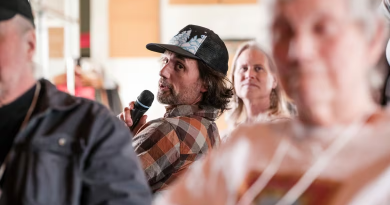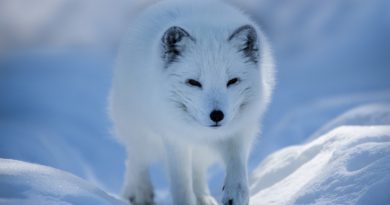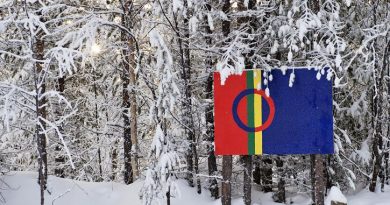Communities wrestle with shark-bite mystery off Alaskan coast
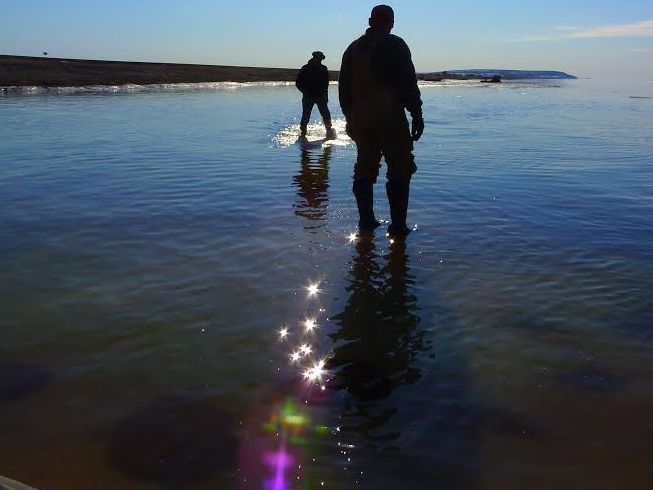
Sometimes it’s seals with amputated flippers.
Or even a sea lion snatched seemingly out of thin air.
But for at least 10 years, subsistence harvesters in Alaska’s coastal communities have occasionally encountered mysterious injuries on the marine mammals they rely on for food.
The wound patterns suggest shark attacks. And community members, researchers, biologists and veterinarians are monitoring the situation to find out what’s going on, how it’s happening, and most importantly, why now.
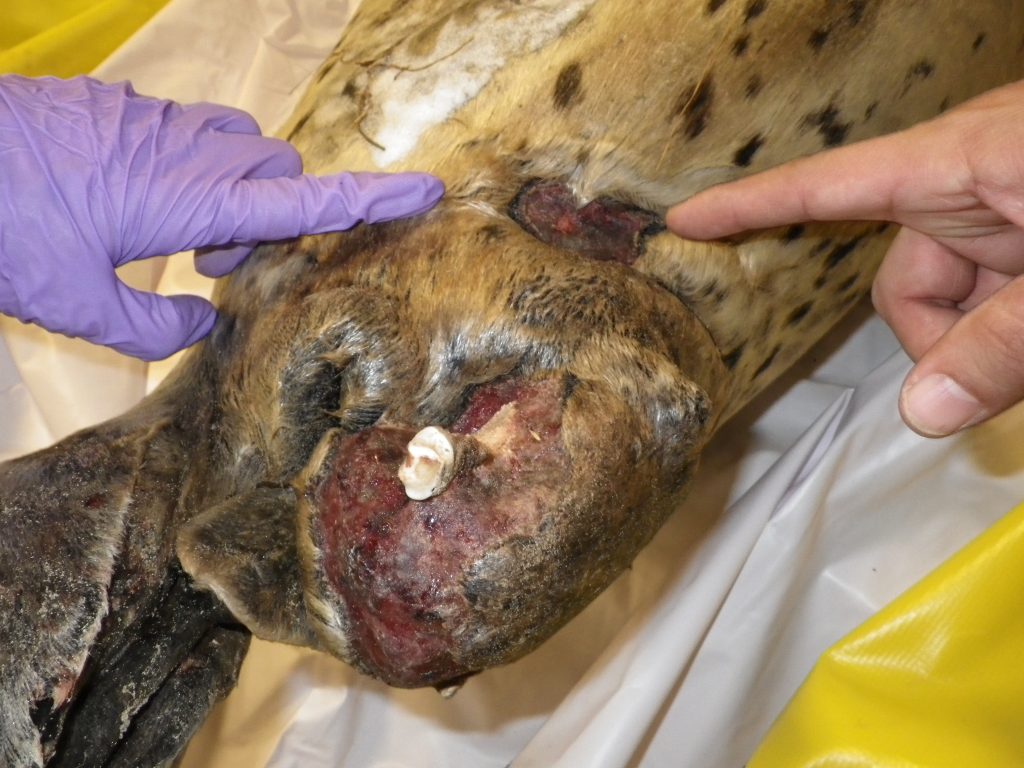
Brandon Ahmasuk, the subsistence resources program director at Kawerak, a non-profit corporation in Alaska’s Bering Strait region, says hunters contact him and even send pictures, when they encounter the strange injuries.
In most cases, it’s unclear where the original attacks took place. But the reports have come in from subsistence hunters everywhere from the city of Nome to the Arctic Alaskan city of Utqiaġvik.
“A seal harvested with an amputated flipper isn’t normal,” said Ahmasuk in a telephone interview from Nome with Eye on the Arctic. “Some of the amputations were clear up to the hip area of the seals. And again, not normal.
“There were one of two seals with their heads completely bit off (that) washed up on the beach. There were one or two that had bite marks out of their sides in the rib cage area, and again, clean cut, semi-circle bite marks.”
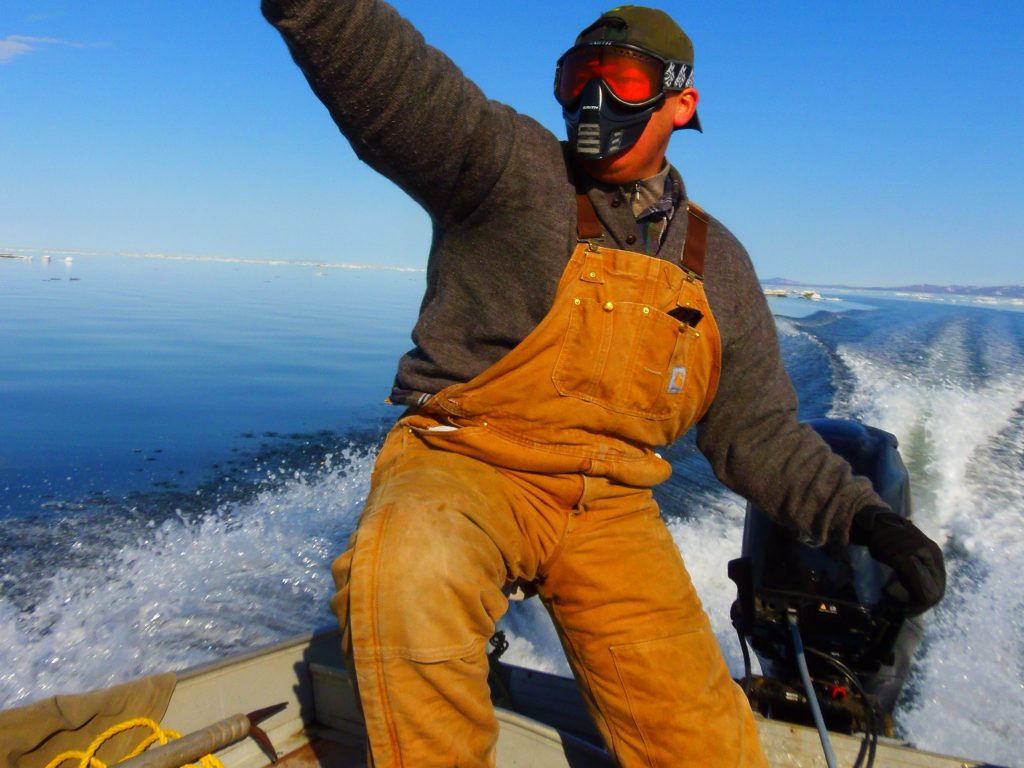
Mystery cause
Subsistence harvesters and researchers can’t say for sure that sharks are the culprit, but the injury patterns strongly suggest these ocean predators from further south, not sharks native to the region, are responsible for the injuries, probably moving North as the climate warms.
“We do have sharks in the North but they are primarily thought to be scavengers, not active predators,” Gay Sheffield, the Bering Strait agent for Alaska Sea Grant, a research, education, and outreach program headquartered at University of Alaska Fairbanks, said in a phone interview.
“There are not many marine animals that we have here that would want to cause these injuries, so, it seems as if we have new players. For example, we’re getting more of the typical prey of the central Bering Sea in our region, like steller sea lion activity. We wonder whether they’re bringing some of their predators, like the white shark, up with them as the climate warms.”
Killer whale attacks have also all but been ruled out.
“We’re talking about amputated back flippers of large, up to 280-pound seals,” Sheffield said. ” The bones are sheared. We see triangular shaped avulsions and the penetration marks aren’t the round peg of an orca whale tooth, but more as if a knife blade was stabbed in the seal.”
Looking for clues
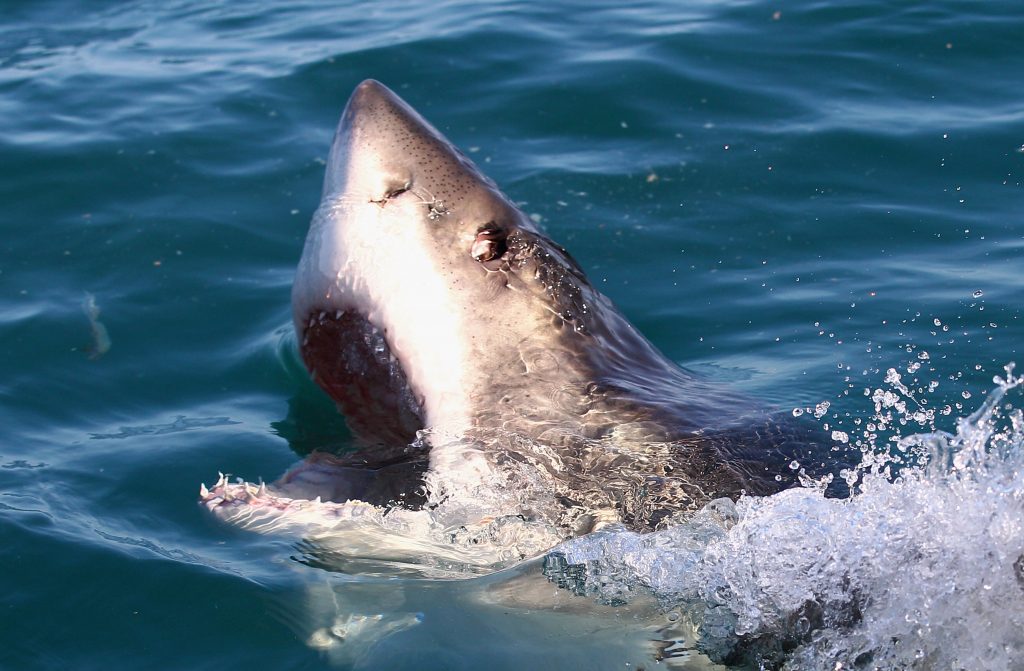
No research project is currently underway to get to the bottom of what the coastal communities are seeing, or give precise injury numbers, but Ahmasuk estimates there’s been a few dozen reports of such injuries to date.
Gay Sheffield says that the environmental knowledge of Alaska’s subsistence harvesters goes back for generations, so when they see something and are concerned enough to report it, it’s a big red flag.
“Collaborating and communicating with them, real teamwork, is what will help get the next pieces of evidence. Their lives are so closely intertwined with these animals, if there’s anyone that’s going to find the next clues concerning what’s going on, it’s the people along the coast here.”
Food security concerns
Ahmasuk says coastal communities have voiced little worry around human safety, but are very concerned about how sharks moving north may affect the marine mammals they rely on for food.
“Getting outside groceries to the villages is very expensive,” he said. “They have no choice but to subsidize what they’re eating with what mother nature provides. These sharks that are showing up, is this possibly going be having a negative impact on our marine mammals that are already here?”
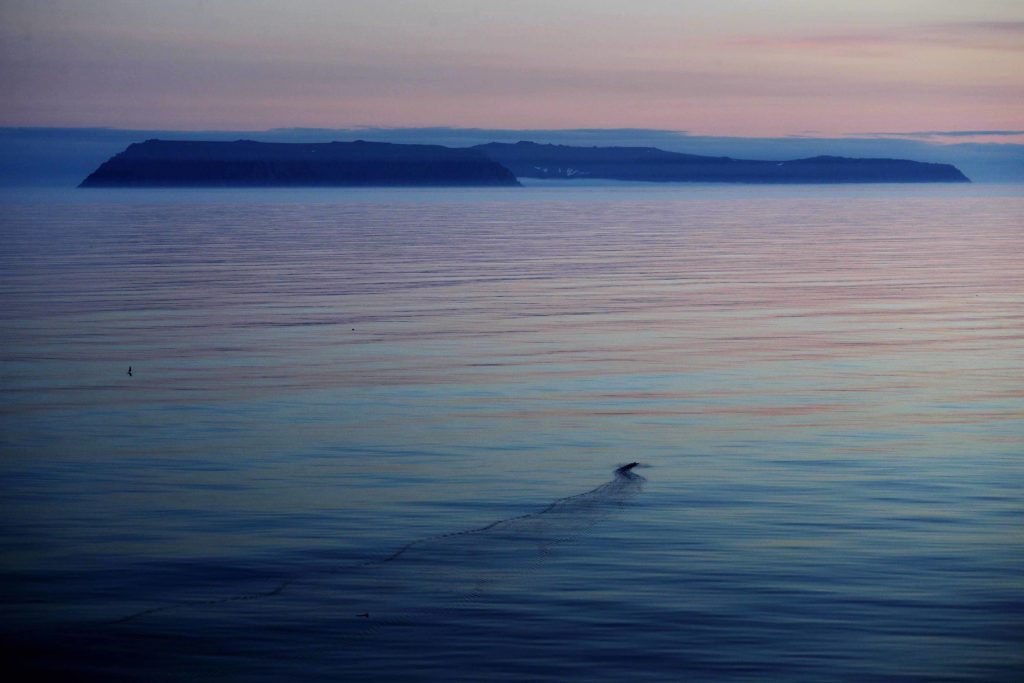
Sheffield says it’s important not to look at the bite marks in isolation, but in the context of other environmental changes going on in Alaska.
“In the Bering Strait region, we’re undergoing significant sea ice reduction and environmental changes in the marine environment. Our big story is more than just the bites, its the big environmental shift going on around us; seabird die offs, unprecedented sea ice loss, so yeah, are sharks now a reality too? We’d really like to understand better what’s at play here.”
Write to Eilís Quinn at eilis.quinn(at)cbc.ca
Related stories from around the North:
Canada: Which marine mammal is most vulnerable to Arctic vessels?, CBC News
Finland: Five invasive species threatening Finland’s nature, Yle News
Sweden: Sharp-edged mussel invades southern Sweden, Radio Sweden
United States: Could salmon sharks be factor in declining Bering Sea king salmon numbers?, Alaska Dispatch

